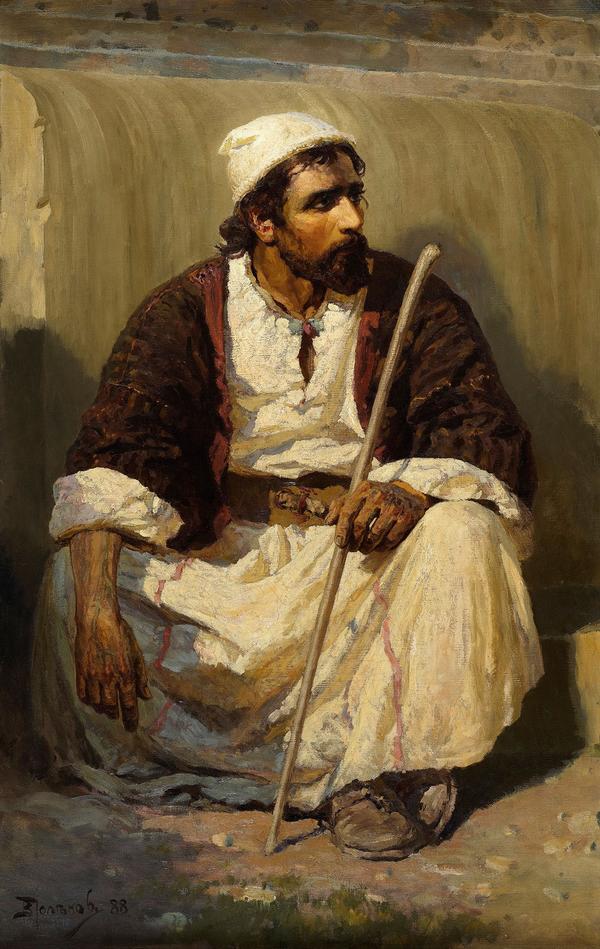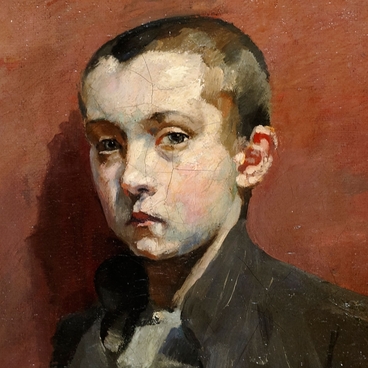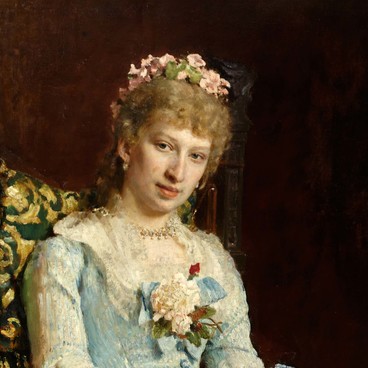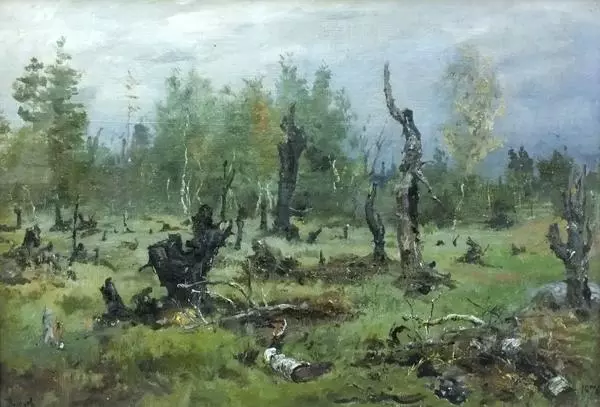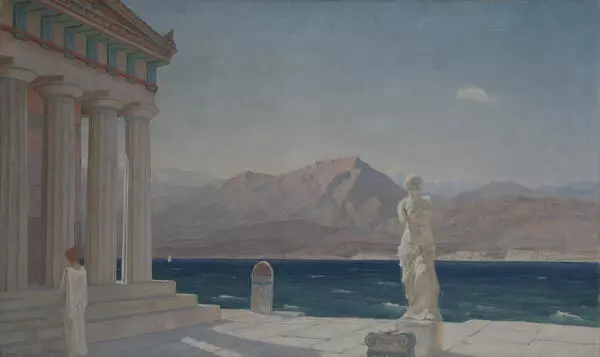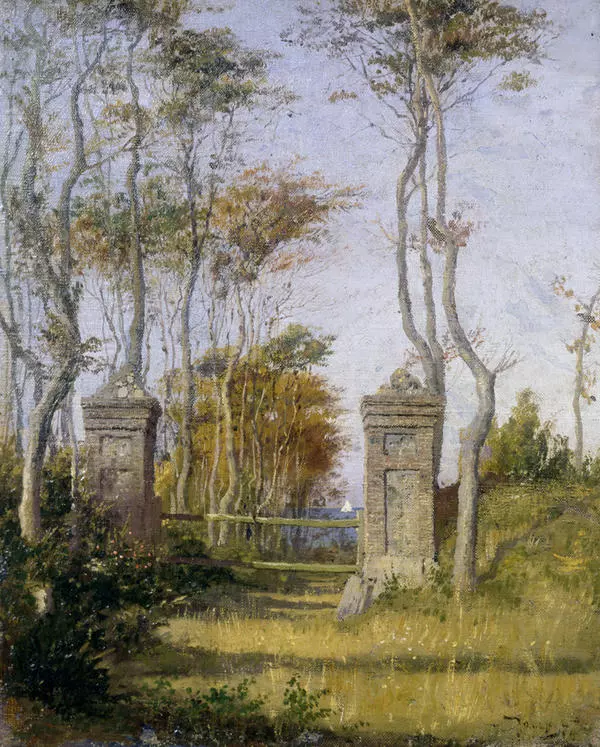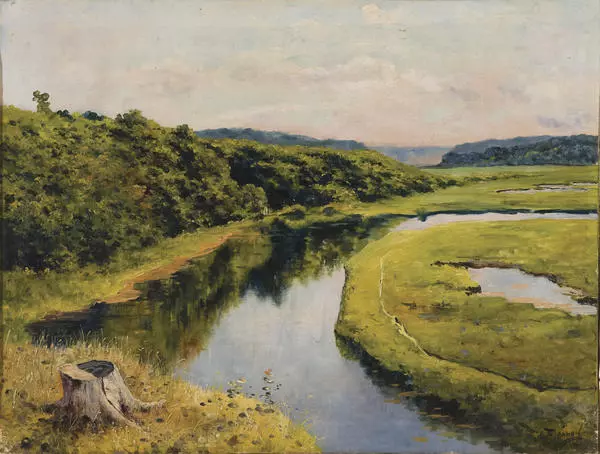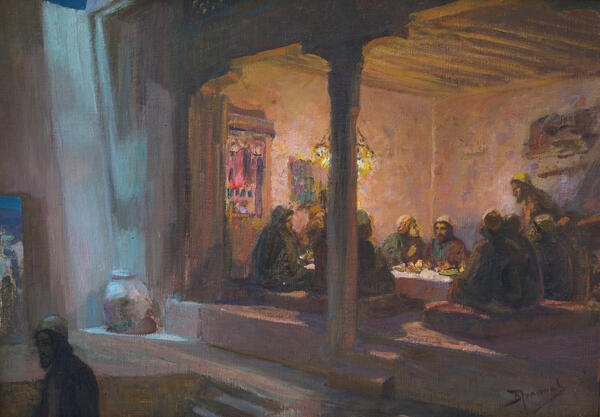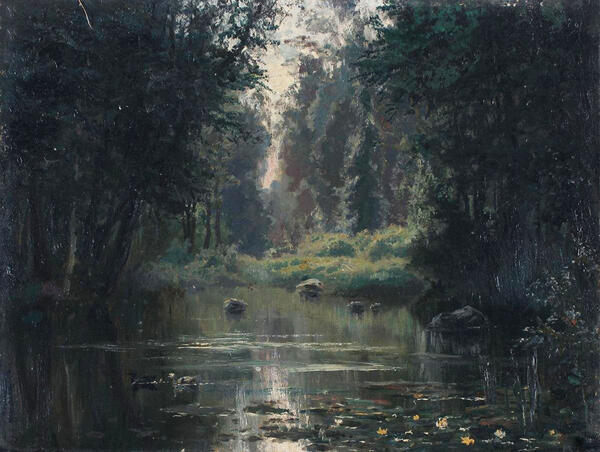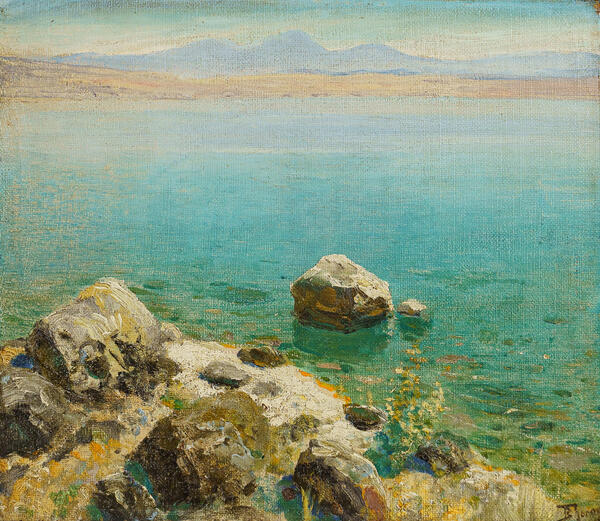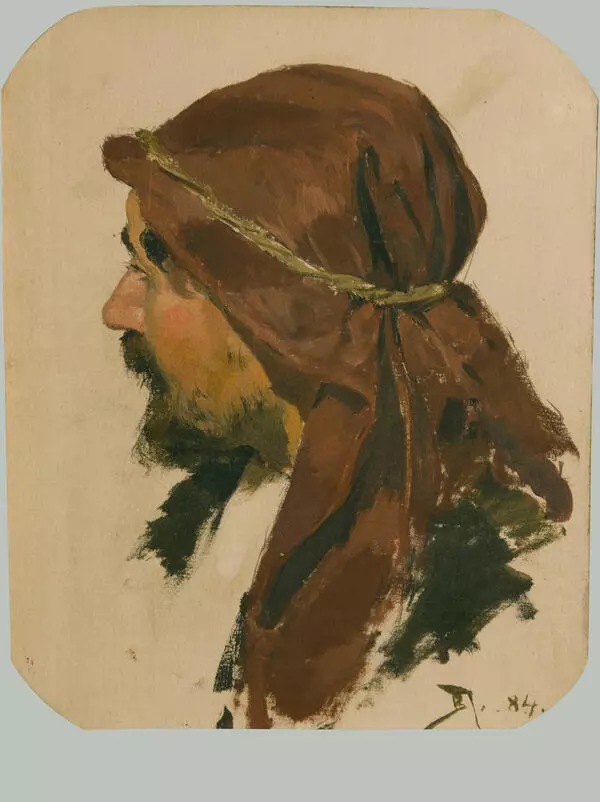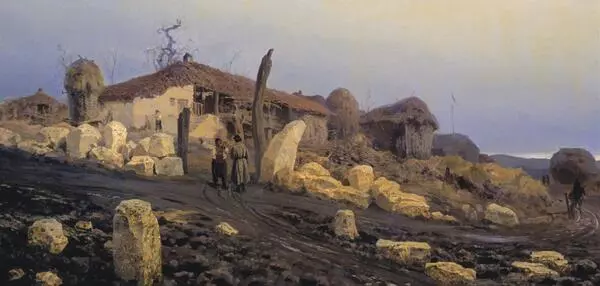Vasily Dmitrievich Polenov (1844-1927) was an outstanding Russian artist, teacher, professor of the Academy of Arts. Master of historical, landscape and genre painting, who left a significant mark in the development of the national landscape school. One of the reformers, who brought an understanding of the open-air study as an independent work and thus had a great influence on subsequent generations of artists.
In the second half of the 19th century, the image of Jesus Christ, who was regarded as a real historical person with his biography and fate, took an exceptional place in Russian art.
In 1888, Vasily Dmitrievich Polenov created the large canvas ‘Christ and the Sinner’ (‘Who is immaculate? ’), which tells about the tragic loneliness of Christ, opposing the raging crowd of Pharisees and accomplices of the massacre of the harlot. Here nobility and baseness, faith and fanaticism, forgiveness and vengeance, philanthropy and cruelty, humanism and blind observance of the letter of the law openly clash. As part of the painstaking work on the painting, the artist traveled to the Middle East, where he looked for archaeological and everyday accuracy, features of ancient architecture and landscape — the real authenticity of these details was to give the gospel legend the status of a happened event.
In the same year, the artist wrote a large study, ‘Christ’. The work is so significant that it can be considered as completely independent and not preparatory work. In full accordance with the gospel, the son of Man is depicted here as a wandering preacher. Polenov tried to emphasize the human nature of Christ, portraying him tanned, weary, immersed in his thoughts. His face, full of inner harmony, wise calm and quiet sadness, is truly beautiful. The model for Jesus Christ was the pupil and friend of Polenov, a wonderful landscape painter Isaac Ilyich Levitan, whose biblical beauty and moral purity of soul were close to the author’s ideas of the ideal person. The beautiful appearance of the Messiah corresponds to the beauty of the pictorial solution of an etude, demonstrating the power and freedom in sculpting a figure, colorist restraint and at the same time a wealth of color reflexes.

